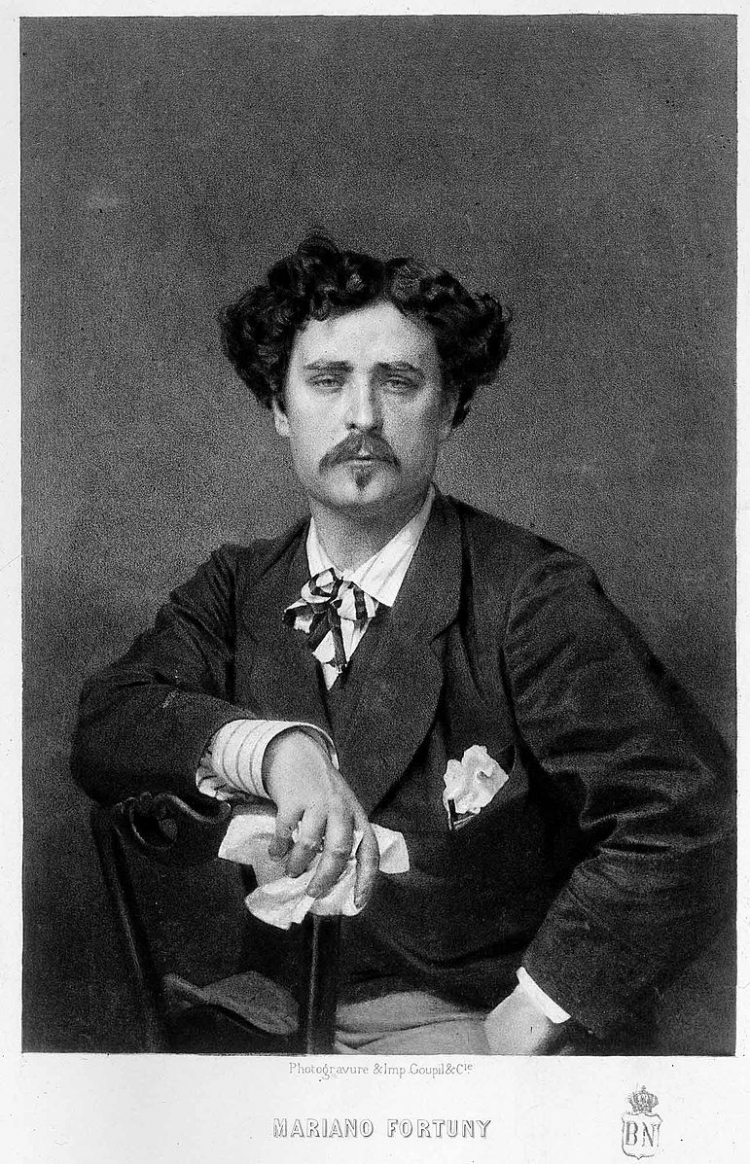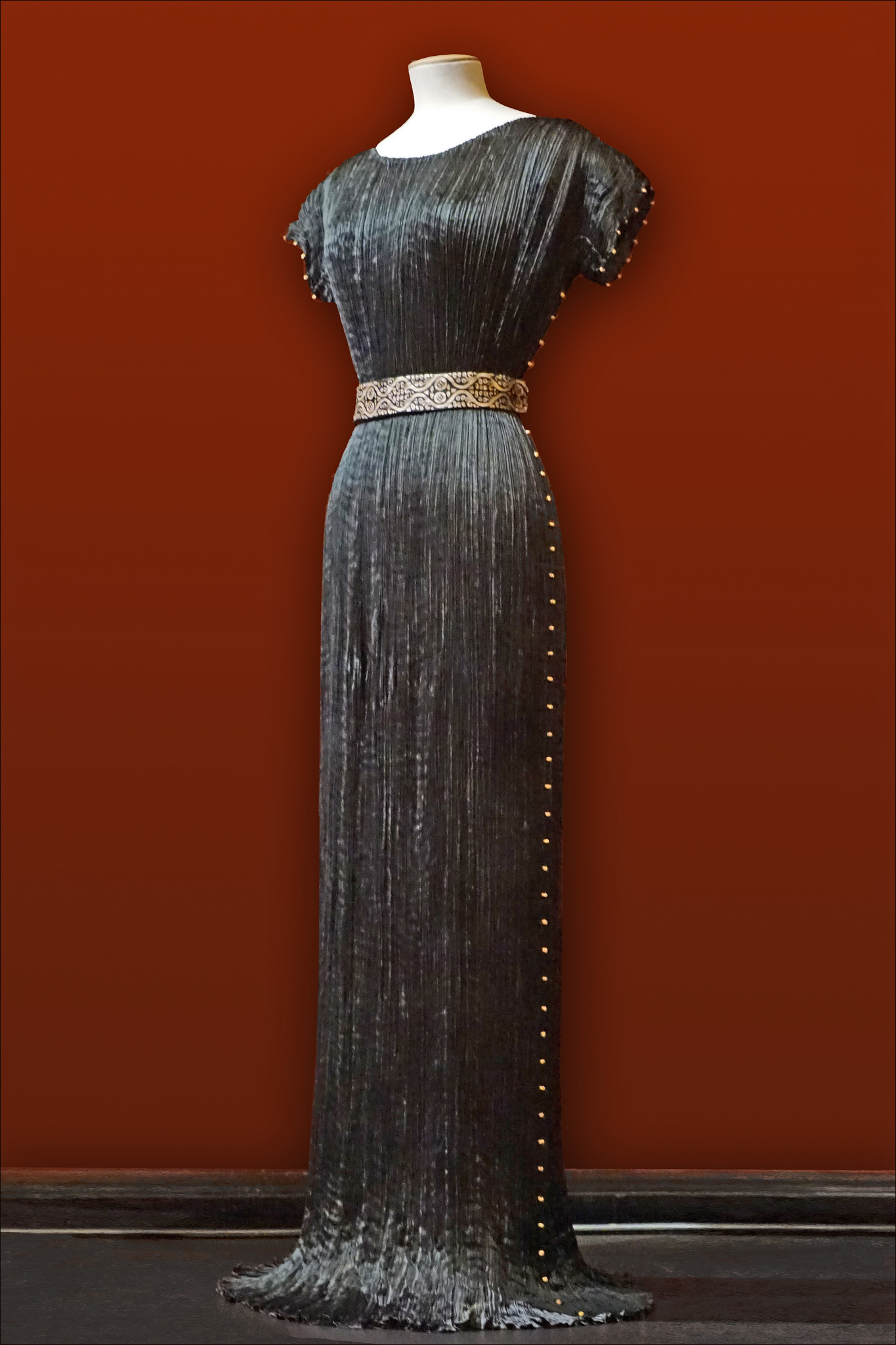What's New at Palais Galliera?

From now through January 7, 2018, guests are welcome to experience Fortuny, a Spaniard in Venice at the Palais Galliera. This latest exhibition re-imagines the revolutionary designs of Mariano Fortuny and his diverse inspirations from Ancient Greece, the Middle-Ages, and the Renaissance. If you are an avid fashion lover, you may already be familiar with Fortuny. However, if you find it hard to recognize every name in the fashion industry, fear not. Mariano Fortuny was a Spaniard, but spent most of his time in Venice and travelling across Europe. Born into a family of talented artists, Fortuny found his calling in the world of fashion. He was an originator, changing the direction of fashion from early on. Fortuny's work easily stands the test of time; many designs and silhouettes you see today can be traced back to the master himself. Famous designers of today, like Stella McCartney and Issey Miyake, gather inspiration from Fortuny's patented pleating technique.
Fortuny is famously known for his 1909 Delphos gown. The Delphos gown revolutionized 20th Century fashion. Contrary to popular designs, like the constricting corset, Fortuny liberated the female body with his flowing invention. Made entirely from luxe silk, the Delphos gown glided over the female figure with its many micro-pleats and was an immediate success. Women were at last allowed the comfort they had so longed for, and Fortuny was there to provide it. The gown illustrated Fortuny's ideal form of luxury: comfort
Image credit: Flickr/Jean-Pierre Dalbera
Prior to creating his celebrated Delphos gown, Fortuny designed the Knossos scarf. The Knossos scarf embodies Fortuny's love of fabric and how he could manipulate it to create something even more beautiful. Incredibly long in length and made entirely of silk, Fortuny printed motifs upon the garment inspired by the Minoan period. Like his Delphos gown, the Knossos scarf was an immediate success. While not an effortless addition to an outfit— usually requiring a few pairs of hand to wrap it properly amongst oneself—it provided a type of versatility and creativity that women of the era were unfamiliar with.
Image credit: Wikimedia/Mariano Fortuny y Madrazo
Socialites and celebrities of the 20th Century praised Fortuny for his appreciation of the female body and his attention to detail. Eleonora Duse, Isadora Duncan, and Oona Chaplin were just a few of his admirers and loyal customers. Fortuny had a refreshing approach to women's fashion; with his clean, straight cuts and flattering, comfortable designs, a piece from him became desirable from women all around the world.
Image credit: Wikimedia/Unknown
On display at the Palais Galliera are some of Fortuny's very first designs such as his iconic Delphos gown and Knossos scarf. The very garments that he designed for his recognizable clientele can be viewed in all their glory with Fortuny's notebook full of sketches and calculations. The exhibit focuses on the smallest of details, from the process of how Fortuny embossed fabric down to the number of tax stamps that he used to send off one of his gowns.
This exhibition is a must-see. Fortuny revolutionized fashion trends and is at the base of the classic cuts we see and wear today. Most of his creations are essentially timeless, with their simple cuts and luxe fabrics which carry them from generation to generation. His designs are extremely impactful on the world of fashion; it is through the work of Fortuny that the history of fashion remains relevant.










